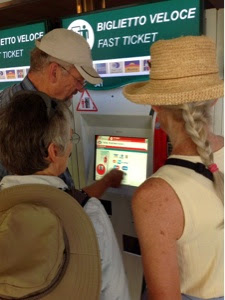The Pantheon in Rome is the Roman monument with the greatest number of records: the best preserved, with the biggest brick dome in the history of architecture and is considered the forerunner of all modern places of worship. It is the most copied and imitated of all ancient works.
Michelangelo felt it was the work of angels, not men.
Where it stands was not chosen by chance, but is a legendary place in the city's history. According to Roman legend, it is the place where the founder of Rome, Romulus, at his death was seized by an eagle and taken off into the skies with the Gods.
But what was it for and what does the name mean?
The name comes from two Greek words pan, "everything" and teon "divine". Originally, the Pantheon was a small temple dedicated to all Roman gods. Built between 27 and 25 B.C. by the consul Agrippa, Prefect of the Emperor Augustus, the present building is the result of subsequent, heavy restructuring.
Domitian, in 80 A.D., rebuilt it after a fire; thirty years later it was hit by lightening and caught fire again. It was then rebuilt in its present shape by theEmperor Hadrian; under his reign, Rome reached its maximum splendour, and the present structure is probably the fruit of his eclectic genius and exotic tastes.
In fact, the Pantheon combines a clearly Roman, cylindrical structure with the splendid outer colonnade of Greek inspiration. Although the new structure was very different to the original, Hadrian wanted a Latin inscription on the façade, that translated means "It was built by Marcus Agrippa, son of Lucius, consul for the third time".











No comments:
Post a Comment